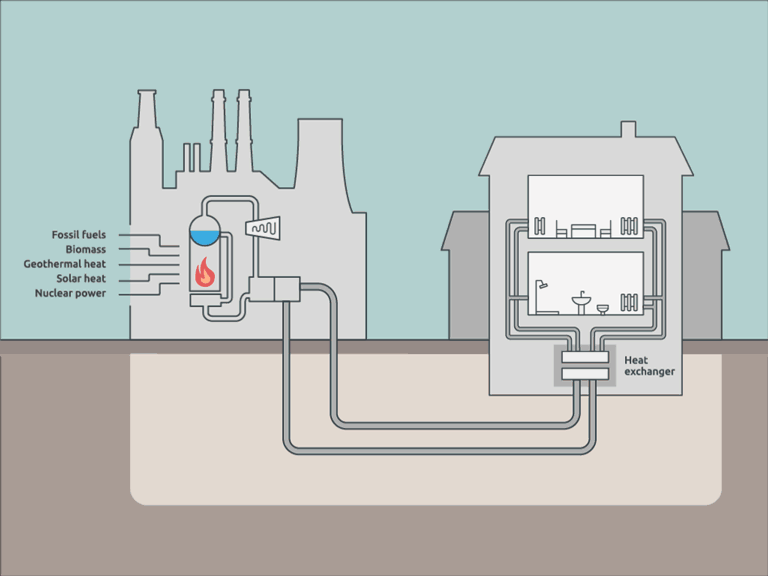Green heating: using hot sewer air to warm communal spaces
On the long road to making our energy consumption more sustainable, there are no bad ideas. The main principals to follow remain, in this order, to reduce, reuse and recycle. In the city this means improving building’s isolation to reduce energy consumption, as well as equipping homes with efficient stoves. But there is also a lot of heat that we simply lose because we do not recover it. It turns out that sewers are a great source of heat: Vivaqua will pilot a project to recover heat from wastewater and send it to the future administrative centre. Should this solution be adopted at a bigger scale, it could save between 26 000 and 50 000 MT of Co2 emissions per year – up to some 1.4% worth of the city’s Co2 emissions.
While sewers are one potential heat source, there are many other possibilities and cities showing us the way. Copenhagen’s district heating system supplies 97% of the city’s heating needs from waste heat from electricity production and incineration plants. This energy would normally be wasted but is instead redirected to people’s homes, saving them some 1,400 Euros per year in the process. This also means that individual boilers are relatively rare as most people get their heat directly from the city.

Considering Brussels’ commitment to reduce its Co2 emissions in the coming decades, as well as the recent gains made by the green party in the different « communes », we can hope that this pilot will be followed up by larger scale implementation of these innovative ideas. Political will is essential to tackle the huge challenges ahead. As Belgium’s youth strike is showing, politicians’ hot air will not heat homes or be enough to attract new generations of voters: concrete projects such as this one will pave the way to a more sustainable Brussels and play a key role in future municipal elections.



